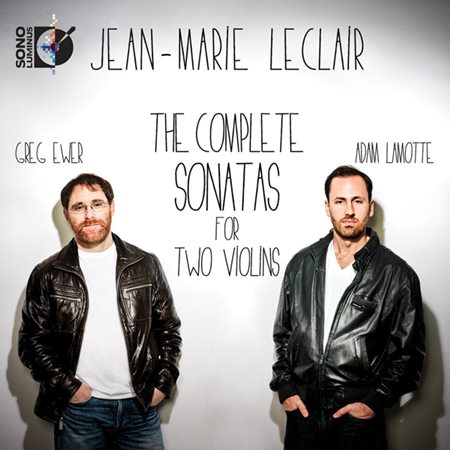
Adam LaMotte, Greg Ewer – Leclair: The Complete Sonatas for Two Violins (2014)
FLAC (tracks) 24 bit/96 kHz | Digital Booklet | 2.35 GB
Genre: Classical | Official Digital Download – Source: HDtracks
Leclair’s contribution to music history cannot be overstated. His innovation as a composer revolutionized the French school of violin playing and his playing helped to raise the standard of play- ing in France immeasurably. By weaving together elements of Italian and French music, he created an entirely new compositional style. His duos influenced later composers such as Mozart, de Beriot, Viotti, and closer to our own time, Bartok and Berio.
Greg Ewer and Adam Lamotte currently hail from the Pacific Northwest. Greg is well known to audiences for his regular appearances with the Oregon Symphony, Portland Baroque Orchestra, Third Angle New Music Ensemble and Pink Martini. He is also the founder and artistic director of 45th Parallel. He holds faculty positions at Reed College and Lewis & Clark College.
Adam Lamotte has appeared as soloist, concertmaster, and conductor of numerous orchestras throughout the country, including the Northwest Sinfonietta in Seattle, String Orchestra of the Rockies, Astoria Festival Orchestra, Portland Baroque Orchestra, and the Maggini String Orchestra in Houston. He is the founder of The Orchestra, a conductorless ensemble which creates “tapestry” programs, combining drastically different pieces into a single concert experience. His is the Artistic Director of the Montana Baroque Festival.
Performed on period instruments, the album is sure to be a perfect addition to the collections of audiophiles, early music lovers, and violin lovers.
Composer: Jean-Marie Leclair
Performer: Greg Ewer, Adam Lamotte
Reviews:
The sonatas themselves, exhilarating to play and almost equally exhilarating to listen to, offer a variety of passagework characteristic of the period. They aren’t virtuosic, but like Vivaldi’s music and (later) Fritz Kreisler’s, they sound that way, so idiomatically has Leclair conceived them for the instrument. A reviewer of a concert in Violins and Violinists more than a half-century ago noted that when a certain violinist played Kreisler’s Liebesfreud , he sounded like an ordinary violinist playing double-stops, but that in the same passage Kreisler sounded like a string quartet. Kreisler built that sonorous potential into the music, and so did Leclair—not only in double-stops but in every measure.
The program begins with op. 3. Of these six sonatas, only the last comprises four movements; the others consist of three. The first, in G Major, begins, as do most of them, with a fast movement based on short motives and supported throughout by effervescent passagework. Leclair didn’t write fugal movements in the style of Corelli (who taught Leclair’s teacher, Giovanni Battista Somis); but he didn’t shy away from double-stops, either, as the second movement (based on a moderately paced musette-like theme) shows. The finale’s a heady concoction in Leclair’s characteristically effervescent style. The duo produces a rich-toned collaboration in this sonata, evincing the strong rhythmic bent these works require. They take a very brisk tempo in the opening movement of the Second Sonata (in A Major), exchanging motives in canon with the polyphony taking a back seat to sonority, with motives bubbling to the surface repeatedly from the individual violins. They mince the phrases of the Sarabanda archly, making it at once drier and more expressive than I’ve heard, either live or on recordings. The finale’s arguably one of the hardest and brightest gems of the set, and it sparkles with timbral highlights in their performance. The Third Sonata (C Major) opens with a slow introduction and integrates sprinting passagework into the movement proper. The slow movement begins with a keening lament, hair-raising in the duo’s performance, and includes Corelli-like suspensions toward the end. Whatever else these sonatas may or may not be, they’re bewilderingly and at times unpredictably diverse. Itzhak Perlman and Pinchas Zukerman included the Fourth Sonata (F Major) in a collection of music for two violins; but their performance didn’t throw caution to the wind, whereas Ewer’s and Lamotte’s does, making the first movement blow past like a brief but powerful storm. In the last movement, Corelli’s influence emerges, sounding like direct quotation, though it’s not. The Fifth Sonata is the only one cast in a minor key (E Minor), but its central Gavotte sounds as cheeky and fresh as the major. The D-Major Sixth Sonata falls, as mentioned, into four movements, but it’s no longer than the others. It, and the set, ends with a musette-like movement that recalls the pastoral conclusion of Corelli’s Christmas Concerto . Tengfei Zhou recorded op. 3 complete, playing both parts (on Eroica), Fanfare 34:2; he’s marginally less nuanced but equally bright and brilliant, and his accomplishment in coordinating the parts goes far beyond a mere trick.
The second CD presents the six sonatas of op. 12. The shortest of these (9:20 in this reading) would be among the longest of the earlier set, and four of these later sonatas comprise four movements. The first, in B Minor, opens with an Allegro that seems more reflective than the joyous, helter-skelter op. 3. Its slow movement, actually not so slow, also explores darker territory. The Second Sonata is cast in the relatively bright key of E Major, but its first movement also sounds subdued. In its Largo , one of the violins accompanies the other’s melancholy musings in swirling arpeggios—the simpler expression of op. 3 seems from this point like a distant memory. The Third Sonata (D Major) also sports an air of maturity in its first movement, but its final one, a Giga, returns to the sunny fresh air pervasive in op. 3. Some of the figuration of the Fourth Sonata (in A Major) recalls that in op. 3/2, but with a twist of lemon and perhaps some bitters added. In the Fifth Sonata, what might have seemed merely more settled takes a further turn, now in the key of G Minor. The theme of the second movement of the final sonata, in Bb Major, twists and turns with a subtlety that might have shoehorned it undetected into a work by Johann Sebastian Bach. No, these two sets aren’t L’Allegro and Il Penseroso , or even La primavera and L’autunno , but there’s certainly a well-defined border between them, and Ewer and Lamotte seem at home in both regions.
Those who cherish these sonatas, those who admire Leclair, and those who simply love the violin—all should find these CDs and the accompanying Blu-ray highly attractive. The recorded sound’s fine, too, with no heavy breathing. Urgently recommended.
Tracklist:
Sonata for 2 Violins in G Major, Op. 3, No. 1
1. I. Allegro 02:44
2. II. Allegro ma poco 02:36
3. III. Allegro 02:21
Sonata for 2 Violins in A Major, Op. 3, No. 2
4. I. Allegro 02:26
5. II. Sarabanda – Largo 02:17
6. III. Allegro 02:34
Sonata for 2 Violins in C Major, Op. 3, No. 3
7. I. Adagio Vivace 04:56
8. II. Adagio 02:46
9. III. Allegro 03:34
Sonata for 2 Violins in F Major, Op. 3, No. 4
10. I. Allegro assai 02:51
11. II. Aria – Andante grazioso 04:18
12. III. Gigue – Allegro moderato 02:55
Sonata for 2 Violins in E Minor, Op. 3, No. 5
13. I. Allegro ma poco 03:16
14. II. Gavotte 01:46
15. III. Presto 02:31
Sonata for 2 Violins in D Major, Op. 3, No. 6
16. I. Andante sempre piano — 01:28
17. II. Allegro 02:36
18. III. Largo 02:01
19. IV. Allegro ma non troppo 03:38
Sonata for 2 Violins in B Minor, Op. 12, No. 1
20. I. Allegro ma poco 03:38
21. II. Andante – Amoroso – Altro 03:28
22. III. Allegro assai 02:14
Sonata for 2 Violins in E Major, Op. 12, No. 2
23. I. Allegro ma poco 03:51
24. II. Largo 03:13
25. III. Minuetto – Non tropo allegro – Altro 04:42
26. IV. Allegro 03:25
Sonata for 2 Violins in D Major, Op. 12, No. 3
27. I. Un poco andante 02:22
28. II. Un poco andante 03:02
29. III. Sarabanda – Largo 02:13
30. IV. Giga – Prestissimo 02:44
Sonata for 2 Violins in A Major, Op. 12, No. 4
31. I. Andante 02:37
32. II. Allegro moderato 02:53
33. III. Largo 03:07
34. IV. Vivace 04:40
Sonata for 2 Violins in G Minor, Op. 12, No. 5
35. I. Allegro 03:27
36. II. Aria Grtioso – Andante – Un poco piu allegro – Piu… 04:16
37. III. Allegro assai 02:34
Sonata for 2 Violins in B-Flat Major, Op. 12, No. 6
38. I. Allegro 03:07
39. II. Allego moderato 02:24
40. III. Andante – Dolce 04:19
41. IV. Allegro non presto 02:23
Download:
mqs.link_LeclairTheCmpleteSnatasfrTwVilins2014.part1.rar
mqs.link_LeclairTheCmpleteSnatasfrTwVilins2014.part2.rar
mqs.link_LeclairTheCmpleteSnatasfrTwVilins2014.part3.rar



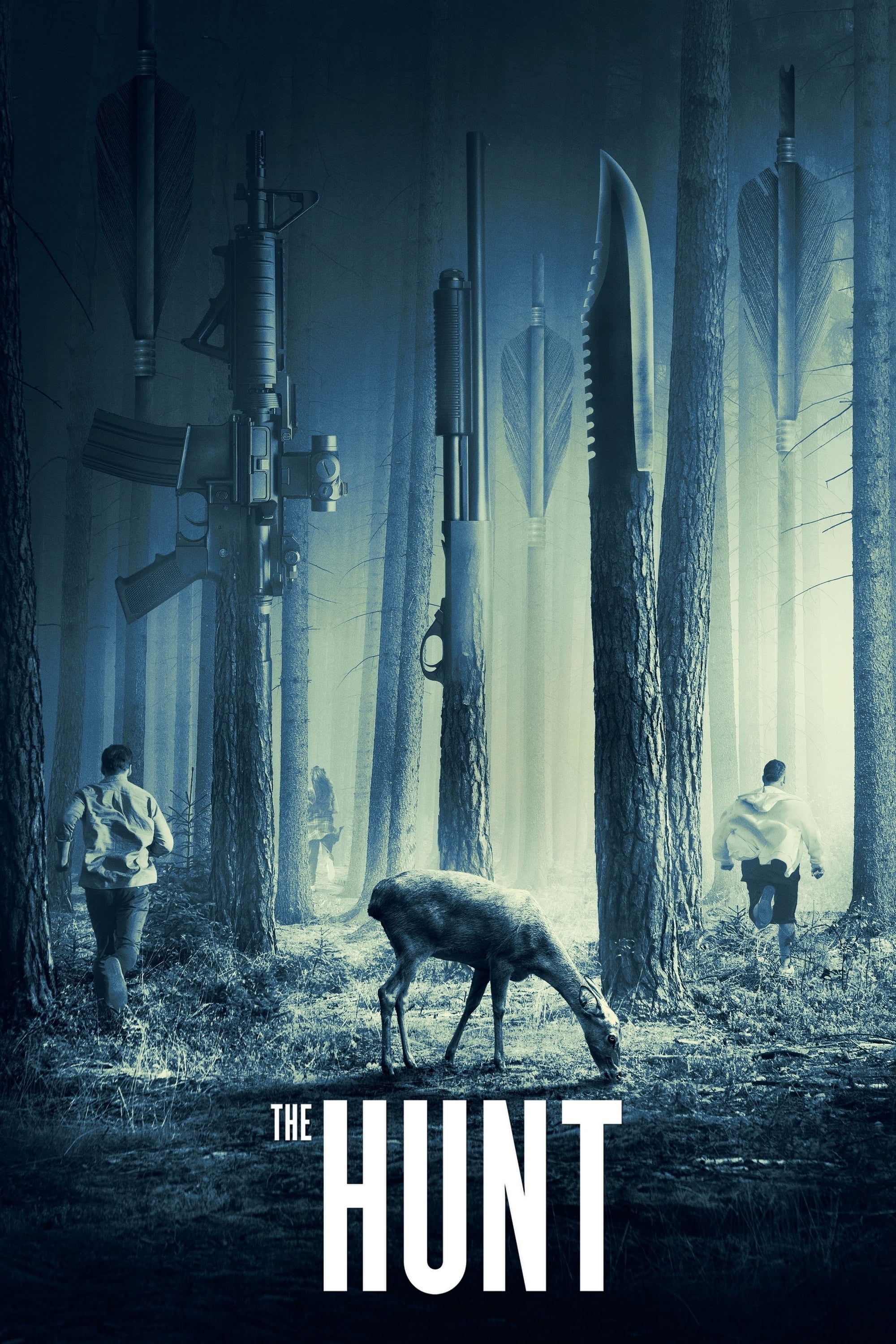


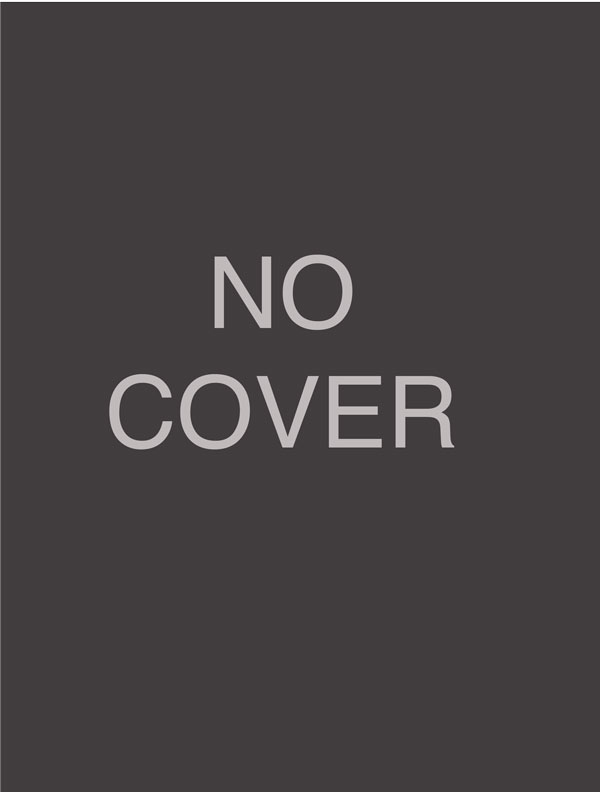
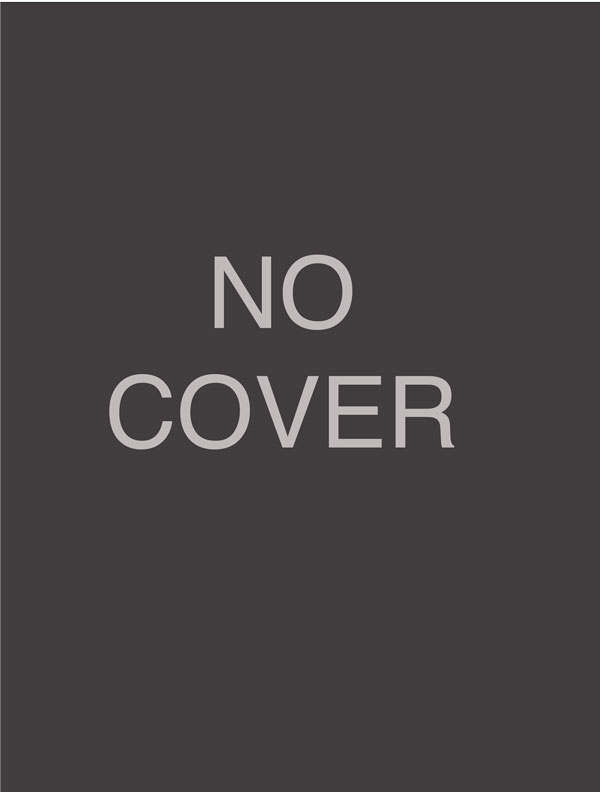
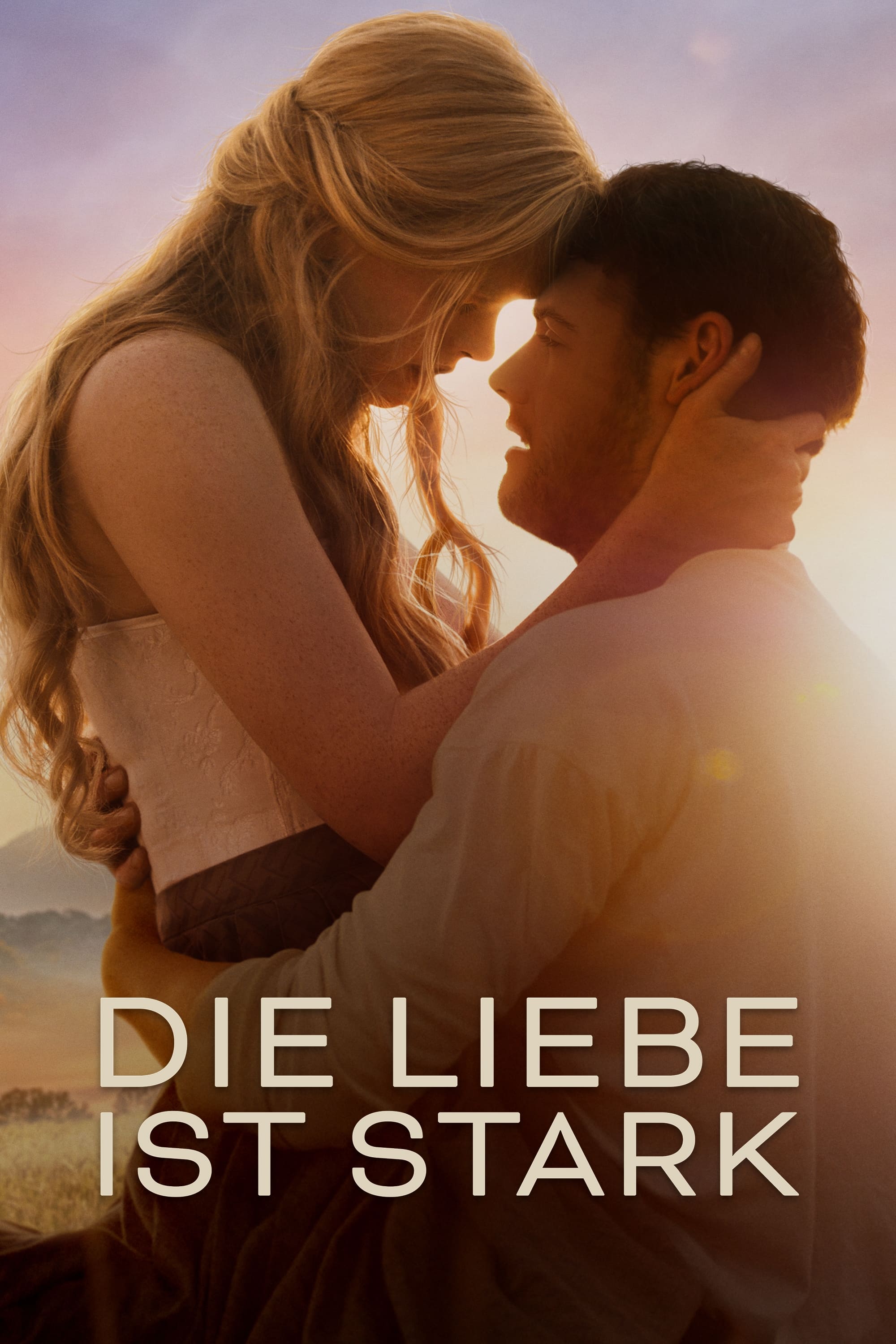

![Itzhak Perlman - The Complete Warner Recordings 1972-1980 (2015) [FLAC 24bit/96kHz] Itzhak Perlman - The Complete Warner Recordings 1972-1980 (2015) [FLAC 24bit/96kHz]](https://getimg.link/images/imgimgimg/uploads/2019/12/IpmBmeR.jpg)
![Yannick Nezet-Seguin, Miah Persson, Chamber Orchestra of Europe - Mozart: Cosi fan tutte, K588 (2013) [FLAC 24bit/96kHz] Yannick Nezet-Seguin, Miah Persson, Chamber Orchestra of Europe - Mozart: Cosi fan tutte, K588 (2013) [FLAC 24bit/96kHz]](https://getimg.link/images/imgimgimg/uploads/2018/06/AtEbnen.jpg)
![Ivan Pochekin & Mikhail Pochekin - The Pochekin Brothers: The Unity of Opposites (2018) [FLAC 24bit/48kHz] Ivan Pochekin & Mikhail Pochekin - The Pochekin Brothers: The Unity of Opposites (2018) [FLAC 24bit/48kHz]](https://getimg.link/images/imgimgimg/uploads/2018/05/cN5iPqZ.jpg)
![Zuzana Ruzickova - J.S. Bach: The Complete Keyboard Works (2016) [FLAC 24bit/96kHz] Zuzana Ruzickova - J.S. Bach: The Complete Keyboard Works (2016) [FLAC 24bit/96kHz]](https://getimg.link/images/imgimgimg/uploads/2018/09/r94XYtX.jpg)

![Gwen Hoebig & Karl Stobbe - Leclair: Six Sonatas for Two Violins, Op. 3 (2018) [FLAC 24bit/96kHz] Gwen Hoebig & Karl Stobbe - Leclair: Six Sonatas for Two Violins, Op. 3 (2018) [FLAC 24bit/96kHz]](https://getimg.link/images/imgimgimg/uploads/2019/11/AgdsdKd.jpg)
![Rachel Podger, Jane Rogers - Mozart, Haydn: Duo Sonatas (2011) [DSF DSD64/2.82MHz] Rachel Podger, Jane Rogers - Mozart, Haydn: Duo Sonatas (2011) [DSF DSD64/2.82MHz]](https://getimg.link/images/imgimgimg/uploads/2019/01/VkhN8EH.jpg)
![Rachel Podger, Jane Rogers - W.A. Mozart / M. Haydn: Duo Sonatas (2011) [ChannelClassics FLAC 24bit/192kHz] Rachel Podger, Jane Rogers - W.A. Mozart / M. Haydn: Duo Sonatas (2011) [ChannelClassics FLAC 24bit/192kHz]](https://getimg.link/images/imgimgimg/uploads/2017/08/GJ0gzy8.jpg)
![La Cetra Barockorchester Basel, Leila Schayegh - Leclair: Violin Concertos (2019) [FLAC 24bit/96kHz] La Cetra Barockorchester Basel, Leila Schayegh - Leclair: Violin Concertos (2019) [FLAC 24bit/96kHz]](https://getimg.link/images/imgimgimg/uploads/2019/08/yVEFvwn.jpg)
![Glenn Gould - The Complete Columbia Album Collection (2015 Remastered Edition) [Qobuz FLAC 24bit/44,1kHz] Glenn Gould - The Complete Columbia Album Collection (2015 Remastered Edition) [Qobuz FLAC 24bit/44,1kHz]](https://getimg.link/images/imgimgimg/uploads/2017/07/2bHwfbA.jpg)
![Howard Shelley, London Mozart Players - Kozeluch: Piano Concertos Nos 1, 5 & 6 (2016) [Hyperion FLAC 24bit/96kHz] Howard Shelley, London Mozart Players - Kozeluch: Piano Concertos Nos 1, 5 & 6 (2016) [Hyperion FLAC 24bit/96kHz]](https://getimg.link/images/imgimgimg/uploads/2019/01/m7LdDI0.jpg)
![Leclair, Spohr, Wieniawski - Duets for Two Violins - Itzhak Perlman, Pinchas Zukerman (2015) [Qobuz FLAC 24bit/96kHz] Leclair, Spohr, Wieniawski - Duets for Two Violins - Itzhak Perlman, Pinchas Zukerman (2015) [Qobuz FLAC 24bit/96kHz]](https://getimg.link/images/imgimgimg/uploads/2017/07/ENPX0K6.jpg)
![Elysium Ensemble - Georg Philipp Telemann: Melodious Canons & Fantasias (2018) [FLAC 24bit/192kHz] Elysium Ensemble - Georg Philipp Telemann: Melodious Canons & Fantasias (2018) [FLAC 24bit/192kHz]](https://getimg.link/images/imgimgimg/uploads/2018/12/BI7t60M.jpg)
![Fabio Biondi - Telemann: 12 Fantasias for Solo Violin, TWV 40 (2016) [FLAC 24bit/88,2kHz] Fabio Biondi - Telemann: 12 Fantasias for Solo Violin, TWV 40 (2016) [FLAC 24bit/88,2kHz]](https://getimg.link/images/imgimgimg/uploads/2019/07/IWLHEFf.jpg)
![Henryk Szeryng & Ingrid Haebler - Mozart: Violin Sonatas (Remastered) (2018) [FLAC 24bit/96kHz] Henryk Szeryng & Ingrid Haebler - Mozart: Violin Sonatas (Remastered) (2018) [FLAC 24bit/96kHz]](https://getimg.link/images/imgimgimg/uploads/2019/04/PSI1WG2.jpg)